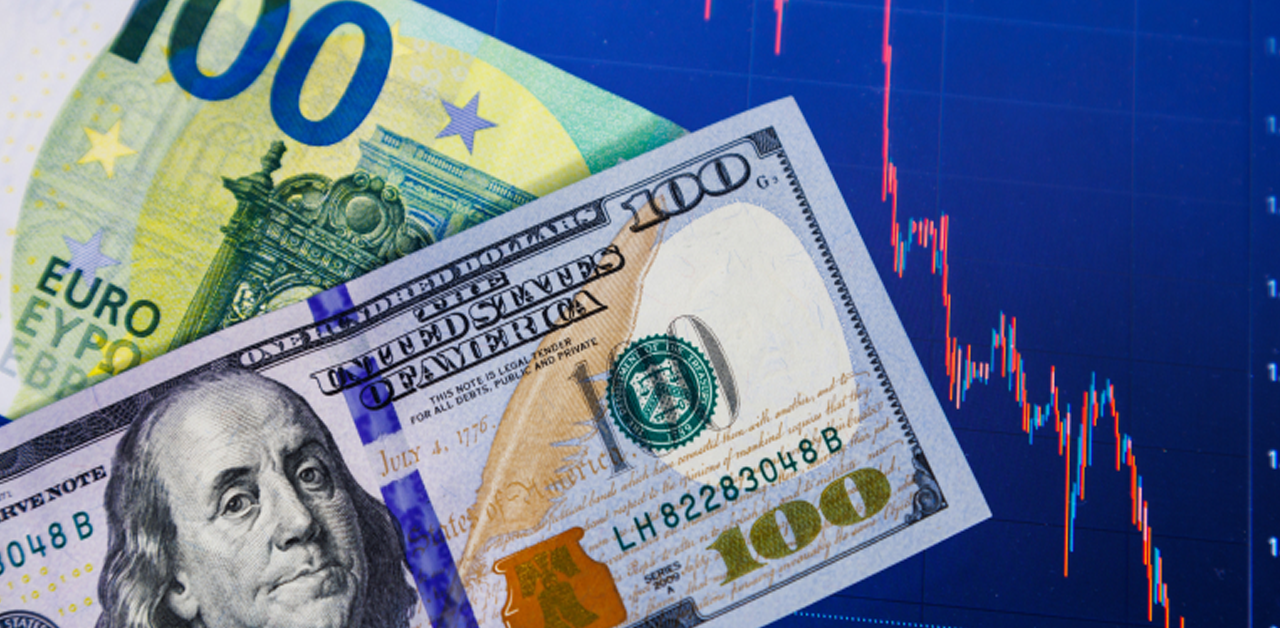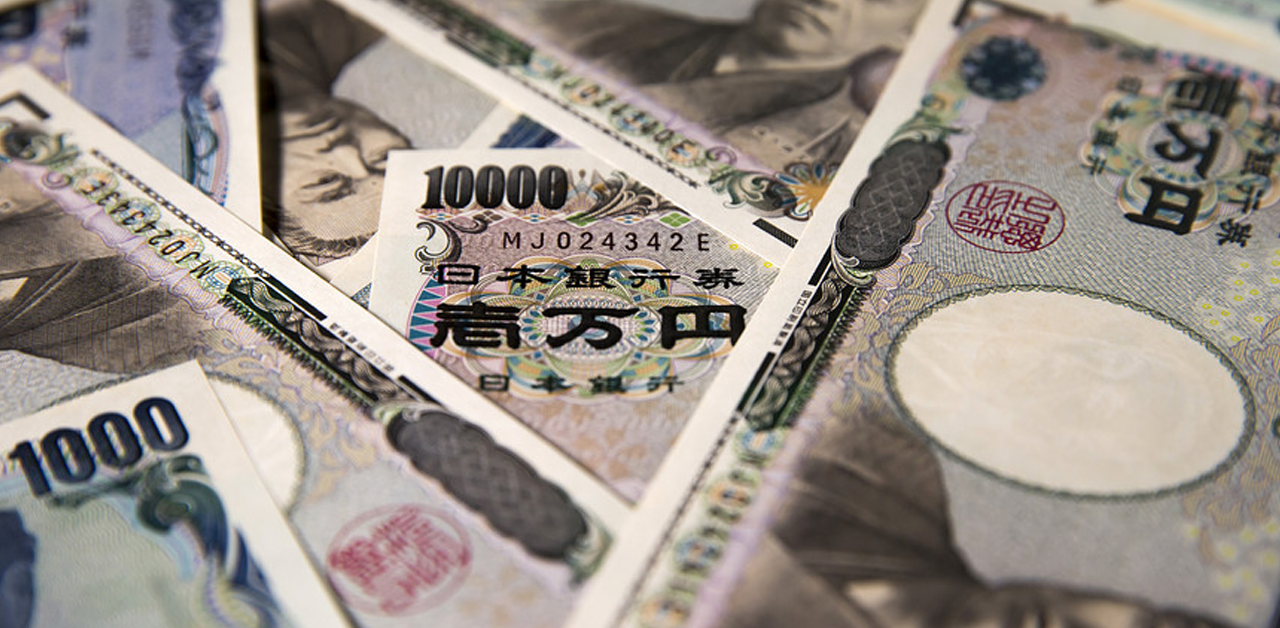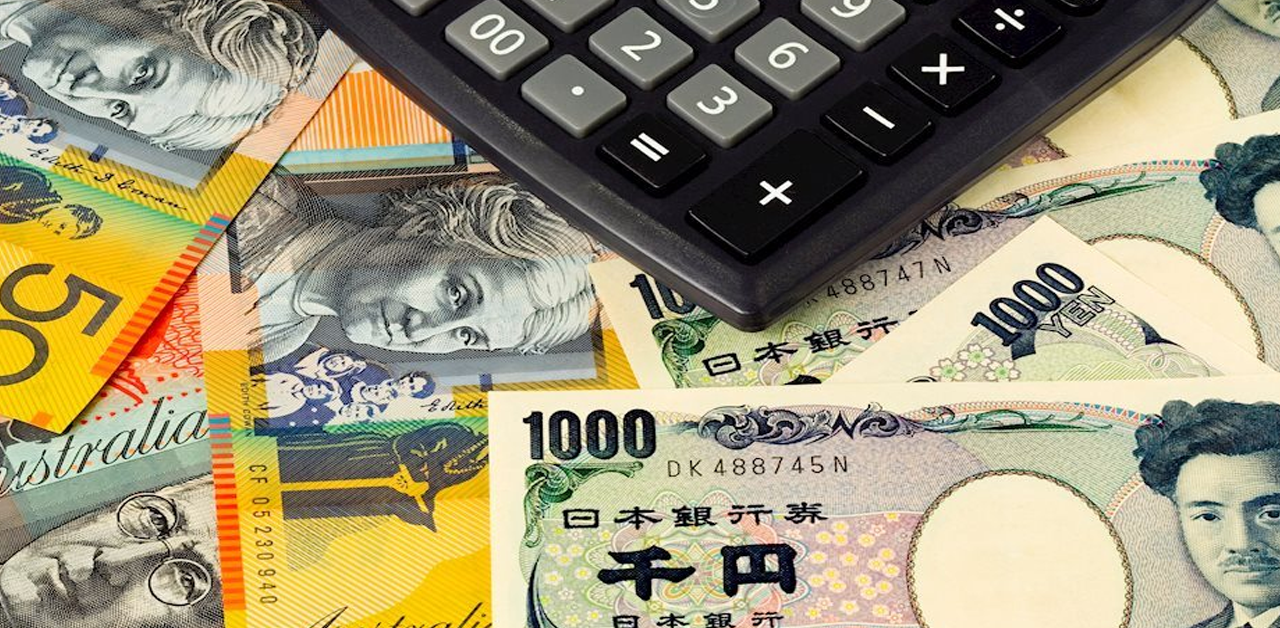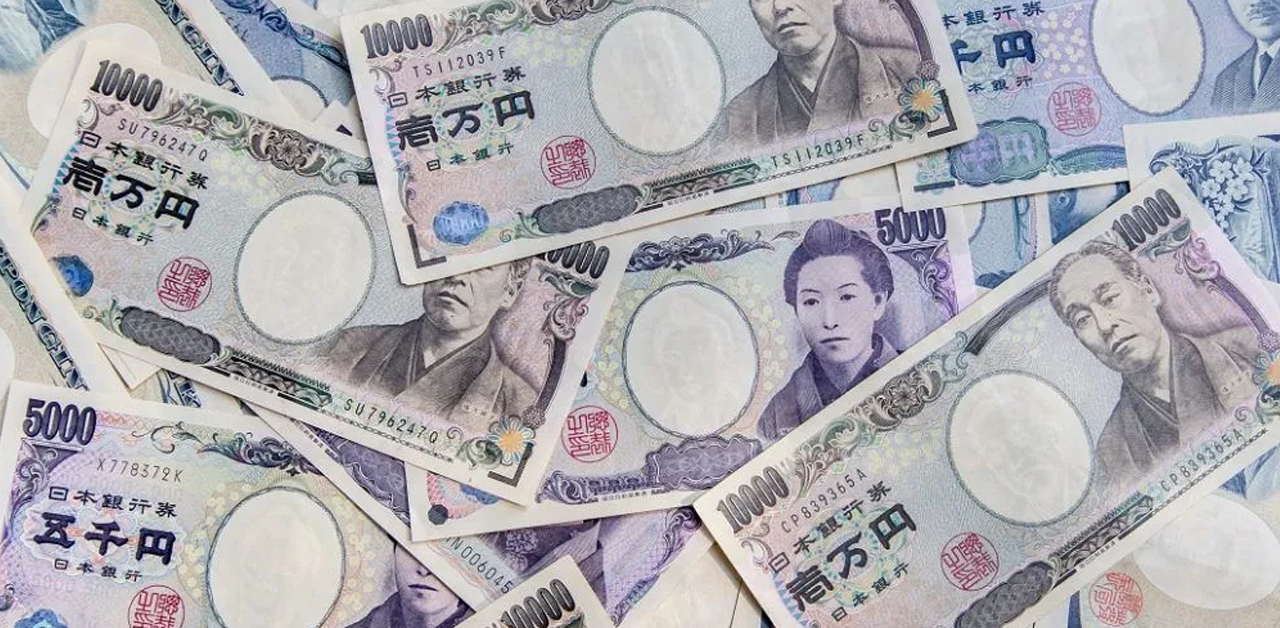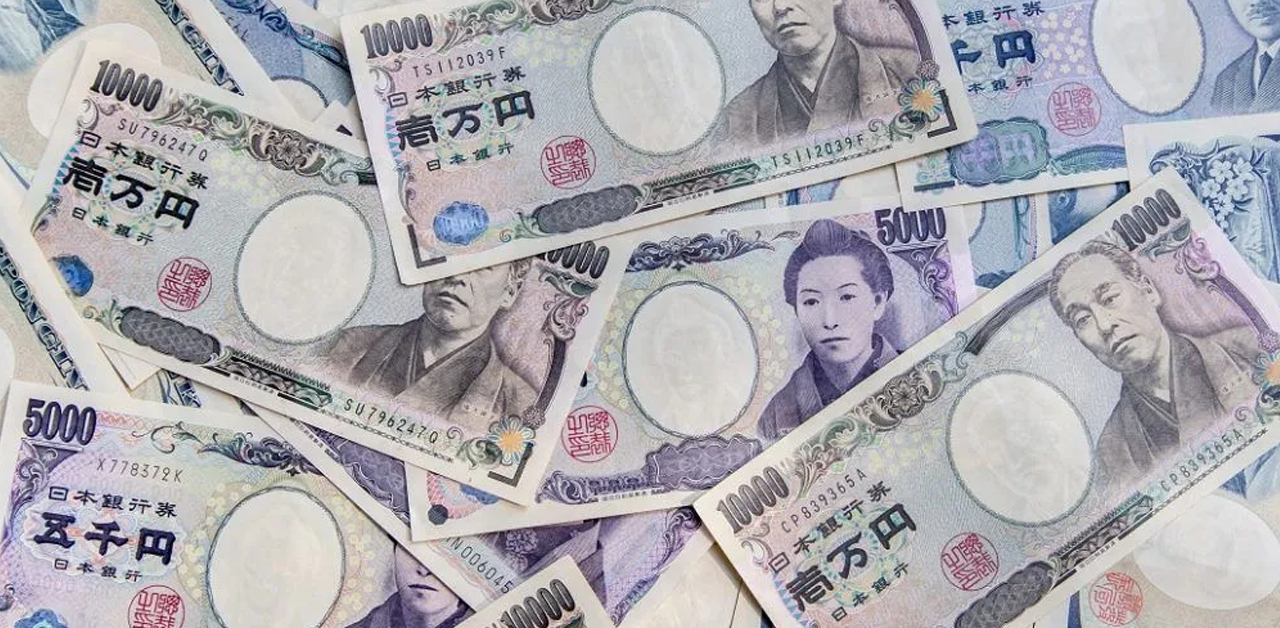Using Currency Correlation in Forex Trading
Understanding the price relationships between different currency pairs will give you a deeper insight into how to develop high probability forex trading strategies. Knowing the currency relationships can help reduce risk, improve hedging, and diversify trading instruments. In this article, we will introduce you to forex trading with intermarket correlations.
Importance of currency pair correlation in forex trading
Correlation is a statistical measure of the relationship between two trading values. Currency correlation indicates the extent to which two currency pairs have moved in the same, opposite or completely random direction within a given time period.
Analyzing the relationships between two assets using past statistical data has predictive value. By using the correlation coefficient, we can understand the relationship between two assets and assist in risk management. The coefficient is measured in decimal form from -1 to +1.
A correlation of +1 means that two currency pairs move in the same direction 100% of the time. This is a perfect positive correlation. The correlation between EUR/USD and GBP/USD is a good example: If EUR/USD is moving up, GBP/USD will also move in the same direction.
A correlation of -1 means that two currency pairs will move in the opposite direction 100% of the time. EUR/USD and USD/CHF have a perfect negative correlation, which means that when EUR/USD moves up, USD/CHF goes down.
A zero correlation is when the relationship between the currency pairs is completely random, i.e. they have no connection with each other.
Naturally, the stronger a positive or negative correlation is, the higher the predictive value of the analysis. Longer time frames used for technical analysis show more precise information than relationships over one minute, which have little value. Monthly and annual data generally provide the most reliable insights.
Effects of currency correlations on foreign exchange trading
- They can form a basis for a forex trading strategy with statistically high probability forex trading.
- They can illustrate the amount of risk you are exposed to in your forex trading account. For example, if you have bought several currency pairs with a strong positive correlation, then you are exposed to a higher directional risk.
- You can avoid positions that cancel each other out. EUR/USD and USD/CHF have a strong negative correlation. If you have a directional bias, you can counter the movements of the two pairs by buying EUR/USD and USD/CHF.
- Understanding the correlations will allow you to hedge or diversify your exposure to the forex market.
If you have a bias towards a particular currency, you can spread your risk by using two highly positively correlated pairs to diversify.
If you want to hedge a position (hold with little risk of loss), you can take a position in a negatively correlated pair. If you initiate a ‘long buy’ on EUR/USD and the price moves in an unfavorable direction, you can then hedge your position by buying a currency pair that has a negative correlation to EUR/USD, e.g. USD/CHF.
Forex trading strategies based on correlation
- When two pairs are highly correlated, one can serve as a leading indicator of the price movement of the other. If you observe a strong movement in one of the two positively correlated pairs, you can predict a likely movement in the other pair.
- Correlation, in conjunction with other forex indicators, can be an even more powerful forex tool for analysis. For example, if a pair breaks above or below a significant technical support or resistance level, the closely positively correlated pair has a high probability of the following risk.
- If you are watching two negatively correlated currency pairs and there is a significant upside price reversal in one pair, you can expect a potential downside reversal in the other pair. This is a price reversal.
- Wait for an abnormal divergence between two highly correlated currency pairs and buy one and sell the other, expecting their price movements to converge again. This is a non-directional arbitrage that exploits currency correlations.
Currency correlations change in the foreign exchange market
Be aware that currency correlations are constantly changing over time due to various economic and political factors. These often include different monetary policies, commodity prices, changes in central bank policies, and more. Given the fact that strong correlations can change over time, it becomes clear how important it is to stay current with changing currency relationships.

